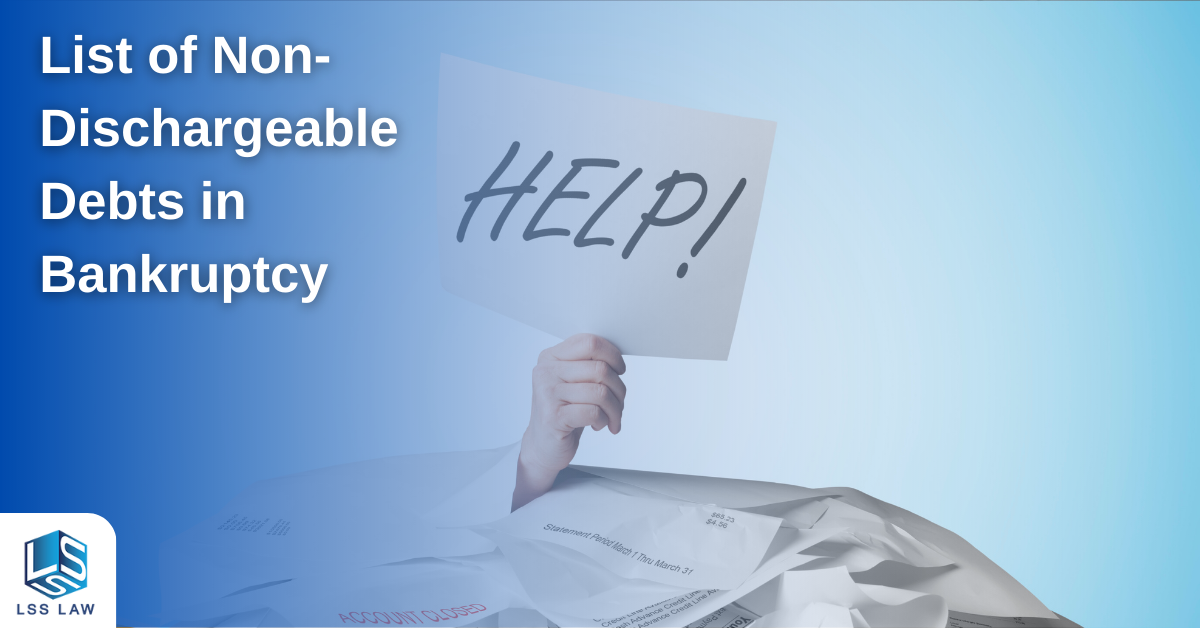Student loan borrowers should be aware of the important changes that took effect on July 1, 2014, which may impact their loans. One of the changes affects borrowers with federal student loans that are in default. Three of the most popular options for getting a defaulted loan back in good standing are (i) settlement; (ii) rehabilitation; and (iii) consolidation. The recent change primarily impacts the rehabilitation process.
Most federal student loans are considered to be in default after 270 days of non-payment. When your loan is in default, the federal agency will turn your loan over to a debt collection agency. Depending on your individual circumstances, it may be most prudent to cure your default through the rehabilitation process.
To rehabilitate a federal student loan, the borrower is required to make nine monthly payments within a ten-month time span. The new rule changes will standardize how the rehabilitation process works for all federal student loan borrowers who are in default. If you begin the rehabilitation process on or after July 1, 2014, your payments will initially be calculated by determining 15% of your discretionary income. If you cannot afford this amount, you have the opportunity to submit a financial hardship form. You can explain your overall financial situation more fully in order to attempt to establish a lower payment amount.
It is important to note that once you have successfully rehabilitated your student loan, you are able to enter into one of the affordable repayment programs offered by the federal government.
Please keep in mind that every matter is different. If you have questions about your student loan debt and you would like to schedule a no-cost consultation to discuss your options, please contact our office by completing the form on this website or calling us at 954-466-0541.






